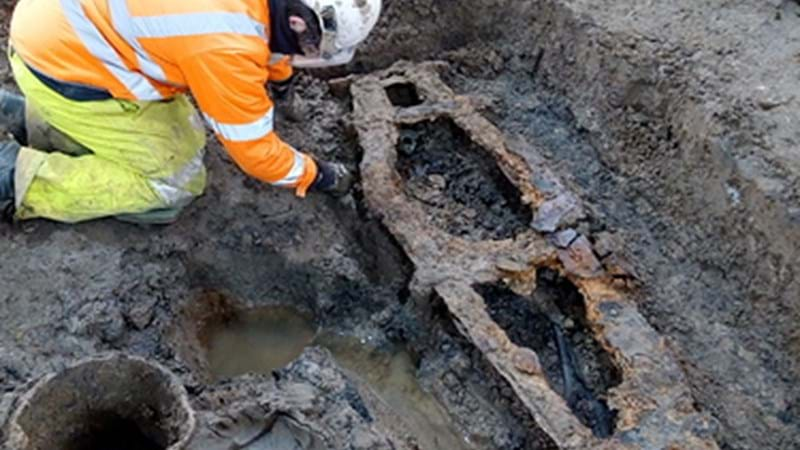Archaeology
At National Highways, archaeological investigations are always an important part in preparing to build a road.

Before we start to build, our archaeologists will carefully excavate and record what’s beneath the surface. By doing this work, we can sensitively excavate any finds, help keep the overall construction programme as short as possible, and reduce disruption for the local community.
Anything that is uncovered will be properly investigated to the highest standards and treated with dignity, care and respect.
Why do we carry out archaeology ahead of construction work?
It’s a requirement of the UK’s planning regulations. These recognise the importance of protecting our cultural heritage, and require all developers to have their sites assessed and excavated by archaeologists. Evidence such as human burials, animal bones, pottery, tools and even soils, charcoal, ancient seeds, nuts and shells can help reconstruct the past.
Many of the archaeological discoveries in the last 30 years have been a result of construction projects, including several of our schemes.
Surveying the site
Our archaeologists start by researching the site, its history and any previous excavations. Then they investigate where potential archaeological remains might be found, using a range of techniques:
- Geophysical surveys which can accurately pinpoint what lies beneath the surface, building a ‘map’ of objects, structures and features. These include gradiometer surveys which use magnetism and ground penetrating radar.
- Field walking - scanning the ground to find objects uncovered by ploughing.
- Digging small test pits and larger trial trenches in areas with potential for finds.
When items are discovered
If items of archaeological interest are discovered, there are several possibilities:
-
Excavation – Significant remains can be excavated and items found placed in a secure location for further analysis.
-
Preservation – Remans can be left in place if it's possible to re-cover them without harming them.
-
Moving – Sometimes particular items which may lie in the path of construction, such as milestones or buildings, can be moved to a new location to preserve them.
Where possible, a team will excavate the site using various tools, including trowels and even small picks for detailed work. Samples are taken and sent off to a lab to be investigated further.
When all of the above have been completed, and if there are no items preventing work taking place, construction can commence.
What happens to the find next
After the digging is done, the complex task of sorting, analysing and interpreting begins – this can take years for larger sites. The whole investigation is written up in a report which tells the story of the site. The results will also be shared through publications, videos and animations, digital museums and archives, webinars, VR experiences, blogs and more.
Once the analysis and report have been completed, finds are deposited with local museums or archives. Many will be put on show and exhibited to the local community.
Examples of our work
Find out more about some of our recent and ongoing archaeological work and findings.
